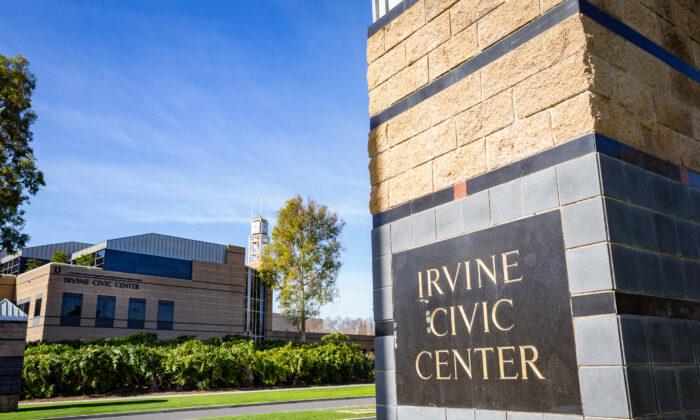It’s part of the game where slamming is concealed under OCPA’s guise of “local control by community leaders,” permitted by legislation from California’s failed energy deregulation twenty years ago, Assembly Bill 117.
These government agencies compete with incumbent power companies such as Southern California Edison, claiming to deliver clean energy for low prices when the opposite is true.
They target your passivity and distracted life while your city foolishly tangles itself in hundreds of millions of dollars of energy contract liabilities, making it all but impossible to exit from a bad deal since opting out is unavailable to cities. Despite claims to the contrary, general funds are at risk.
Irvine, Huntington Beach, Buena Park, and Fullerton are now tied to more than one-half billion dollars of take-or-pay energy contract liability.
Orange County businesses are already in the program unless they successfully opted out—not an easy feat considering it’s the community choice agencies that control the opt-out process. [1] Residential customers follow in October.
You are introduced to the program via cleverly designed junk mail type postcards—assuming you receive them.
- “Cleaner power at competitive rates.” According to state regulators, Southern California Edison already complies with renewable energy mandates. Conversely, most of the delivered energy in OCPA’s “100 percent renewable” or “Smart Choice” (69 percent renewable) products isn’t clean at all. Much is green-washed dirty power.
- “Reinvesting revenue into our community.” Nearly all of OCPA’s revenue flows to east coast energy corporations and to European oil giant, Shell Oil, whose subsidiary Shell Energy North America gamed (pdf) California’s energy market twenty years ago, during the state’s failed electricity deregulation. Strange bedfellows for this “local” agency.
Prices for OCPA’s lowest cost Basic product are supposedly “at parity” with Edison’s. However, OCPA’s prices are already slated to increase.
Uber clean energy? Nope. Each kilowatt-hour of energy you pull from California’s electric grid contains the identical mix everyone else gets—there are no dedicated wires carrying green energy to your house. And California is already curtailing excess wind and solar power, which obviates community choice’s claim of “greening the grid.”
Our ‘Choice’ Not Yours
Community choice would dry up were it not for its steady draw of your money, facilitated by its opt-out mechanism—a tool it vigorously protects. [2]The industry and OCPA’s member cities Fullerton, Buena Park, Irvine, and Huntington Beach, refer to its enrollment process as “choice”—a perversion given that Southern California Edison, San Diego Gas & Electric, and Pacific Gas & Electric are under a regulatory gag order, unable to talk with you about what is happening.
Your only source of information is community choice propaganda.
OCPA and all other agencies learned the value of obfuscating “choice” and controlling the narrative after applying industry patriarch Marin Clean Energy’s experience from its opt-out fiasco in Richmond ten years prior.
Once that public good was clearly expressed consumers would obviously beat a path to the agency’s door, demanding the immediate closure of California’s primary source of electricity, gas-fired generation.
Lesson learned.
Community choice energy and its opt-out consultants surveyed the market that lay before it. Needlessly alerting consumers about opting out was an obvious mistake that limited income potential. Indeed, “choice” only existed when properly controlled.
“Welcome!” letters would never again see the light of day, while the four mandatory (junk mail style) postcards that were easily discarded were henceforth the rule.
Notes
[1] Opt-out enrollment includes re-enrollment when homes are re-sold and when each rental unit turns over.[2] AB 2145, authored by California Senator Steven Bradford in 2014, attempted to switch Community Choice Aggregation’s (CCA, aka Community Choice Energy or CCE) opt-out enrollment mechanism to opt in, where consumers would take action to sign up if they desired to enroll in these alternate energy-procurement programs. AB 2145 failed after the community choice industry packed the State Capitol hearing room with supporters and lobbyists.
[3] Marin’s opt-out rate was historically 20 percent. Richmond had a 30 percent opt-out rate.






